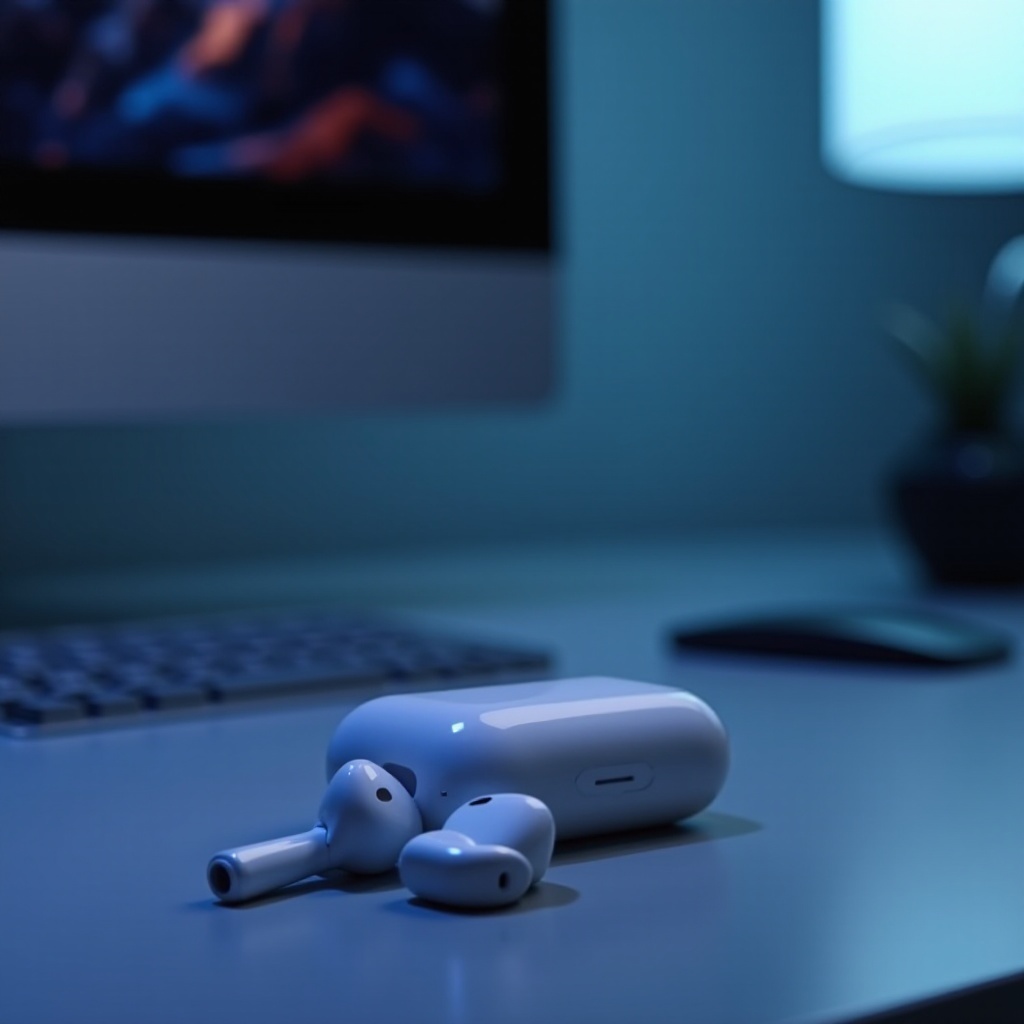Introduction
Music often accompanies us during various activities throughout the day, making a reliable pair of headphones invaluable. Apple’s AirPods Max have garnered attention for their exceptional sound quality and attractive design. However, their battery life is a crucial factor to consider. Understanding how long AirPods Max lasts can guide you in optimizing their use and making the most of your investment.

AirPods Max Battery Overview
Battery Technology Explained
AirPods Max features advanced lithium-ion battery technology, renowned for its efficiency and longevity. These batteries power most modern gadgets due to their lightweight nature and steady power delivery. With a full charge, AirPods Max provide approximately 20 hours of listening time with Active Noise Cancellation (ANC) or transparency mode active, which is generally sufficient for a day’s use without frequent recharging.
Expected Usage Duration
While Apple’s claim of 20 hours is commendable, real-world usage may vary based on several elements. Typically, users can expect the headphones to last all day for enjoying music, podcasts, or making calls. In standby mode, the device conserves energy, extending its usage between charges. AirPods Max successfully balance style and functionality, making them a preferred choice for audio enthusiasts.
Factors Affecting AirPods Max Battery Life
Volume Levels and Their Impact
Volume levels significantly impact battery life. Higher volumes demand more power, draining the battery faster. Listeners preferring loud audio may notice a shorter battery duration. To prolong battery life, maintaining a moderate volume level is advisable, thus allowing extended listening time without frequent recharging.
The Role of Active Noise Cancellation
Active Noise Cancellation enhances the listening experience by immersing users in their audio world. However, this feature consumes more energy than transparency mode or when turned off. Disabling ANC in quieter environments can help conserve battery power, ensuring longer usage periods without the need for a recharge.
Maximizing AirPods Max Battery Performance
Charging Best Practices
To optimize AirPods Max battery life, adhere to these charging tips:
– Regular Charging: It’s better to charge frequently than to let the battery completely deplete before recharging.
– Avoid Extreme Temperatures: Keep your AirPods Max away from extremely hot or cold environments to maintain battery efficiency and lifespan.
– Use the Original Charger: The designed Apple charger optimally charges the batteries without overloading them.
Effective Use of the Smart Case
The AirPods Max Smart Case plays a role in preserving battery life, as it places the headphones in an ultra-low-power state when not in use. Storing the headphones in the Smart Case during breaks maximizes energy conservation, particularly for users who work intermittently throughout the day. This ensures that they retain as much charge as possible for when they are needed again.

Comparing AirPods Max Battery Life with Competitors
AirPods Max vs. AirPods Pro
When comparing AirPods Max to AirPods Pro, a primary difference is the battery longevity. AirPods Pro provides around 4.5 to 5 hours of listening per charge, which extends to 24 hours with the charging case. Conversely, AirPods Max offers up to 20 continuous hours on a single charge, making them ideal for uninterrupted listening sessions.
Comparison with Other Over-Ear Headphones
Among over-ear headphones on the market, AirPods Max competes well. Many alternatives provide similar battery life, yet few match the seamless Apple integration and the level of sound quality that AirPods Max deliver. This integration, alongside superior design and function, positions AirPods Max as a strong contender in the headphone space.
Troubleshooting Battery Issues
Common Battery Drain Problems
Users might face unexpected battery depletion with their AirPods Max. Common causes include:
– Faulty Calibration: This can often be resolved by completing a full charge-discharge cycle periodically.
– Firmware Glitches: Ensuring software is up-to-date can remedy these issues.
Steps to Resolve Battery Issues
If battery problems persist, follow these steps:
1. Reset the AirPods Max: This can often resolve software-related issues.
2. Check for Software Updates: Keeping your device’s software current is vital.
3. Contact Apple Support: For ongoing issues, Apple Support can provide further assistance.

Regular Maintenance and Battery Health Tips
Routine Checks for Optimal Performance
Performing regular checks ensures battery health and maintains performance. Keeping your AirPods Max clean and inspecting for physical damage helps prevent hardware-induced battery problems. Staying updated with firmware developments ensures optimized power management and device functioning.
When to Consider Battery Replacement
Eventually, all rechargeable batteries lose efficiency. If there’s a marked decline in battery performance despite best practices, it may be time to consider a battery replacement. Apple’s service options ensure that your AirPods Max can return to optimal condition, preserving their lifespan.
Conclusion
AirPods Max offer a sophisticated merger of audio quality, comfort, and battery longevity. By comprehending and applying strategies to maximize battery life and deal with potential issues, users can fully enjoy these high-end headphones for extended durations. Incorporating these practices supports battery health and enhances the overall user experience.
Frequently Asked Questions
How long can I expect AirPods Max to last on a single charge?
You can expect up to 20 hours of listening time on a full charge, depending on volume levels and features like ANC being enabled.
Does the battery life decrease over time?
Yes, like all lithium-ion batteries, AirPods Max batteries will wear over time, resulting in reduced capacity.
What should I do if my AirPods Max aren’t holding a charge?
Start by resetting your AirPods Max, ensuring they are updated to the latest firmware, and checking battery performance. If issues persist, consider contacting Apple Support for further assistance.
